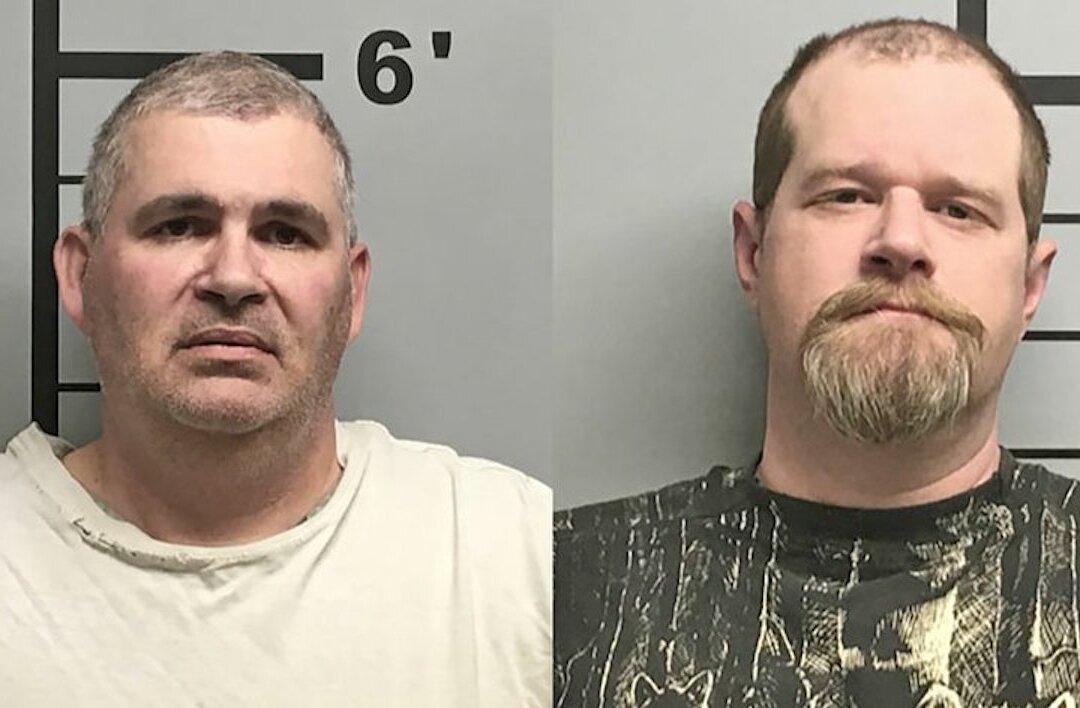Two men shot each other as they took turns to wear a bulletproof vest during a night of drinking, according to Arkansas deputies.
Charles Eugene Ferris, 50, and Christopher Hicks, 36, were both arrested on March 31 in connection with aggravated assault, a Class D felony, reported KFSM.





